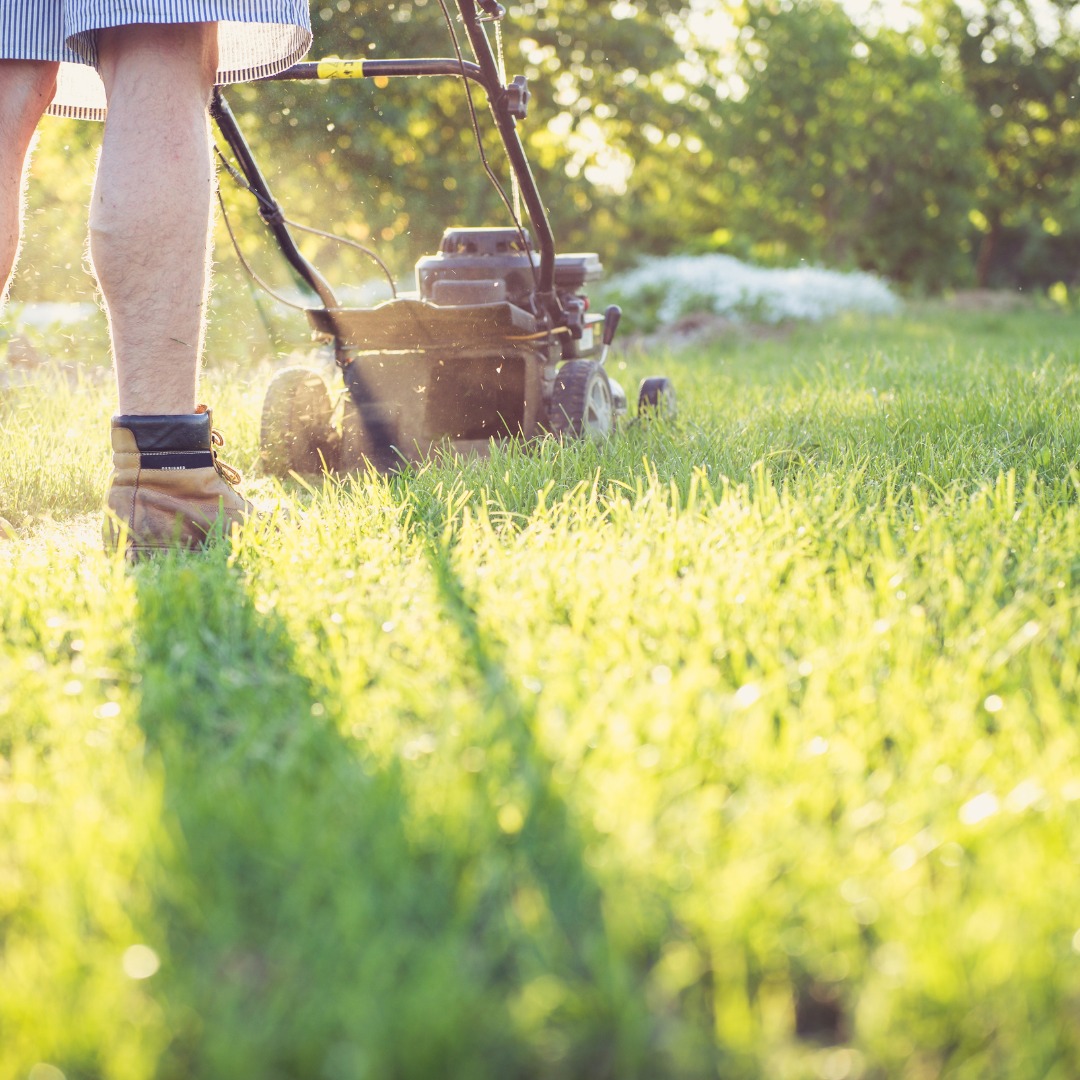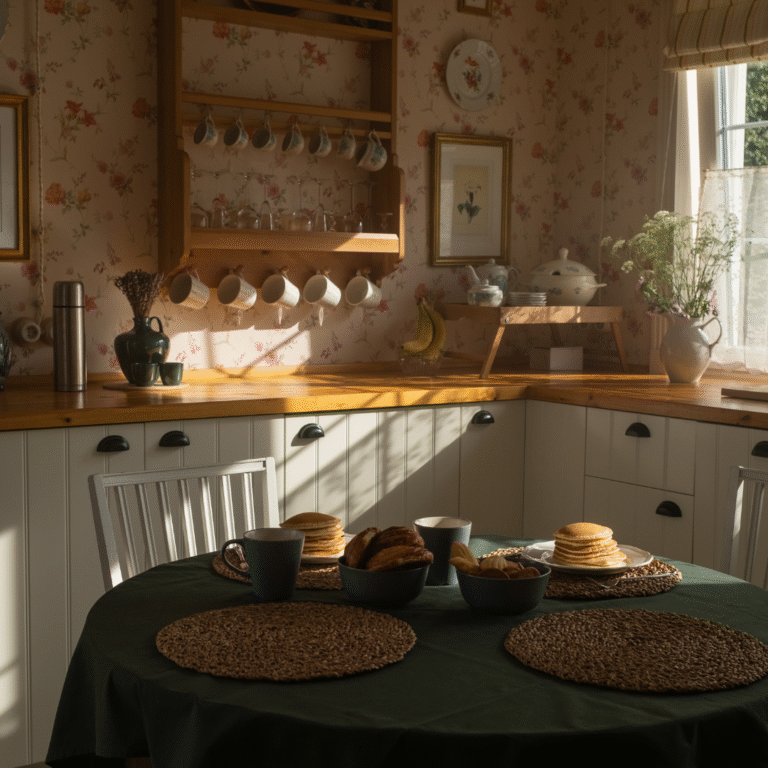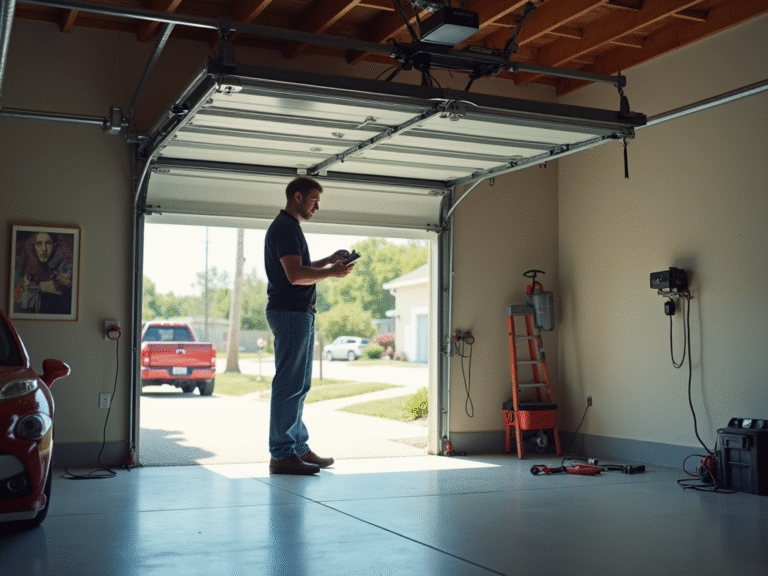Donec efficitur, ligula ut lacinia
viverra, lorem lacus.

Common Garden Maintenance Mistakes and How to Avoid Them
A well-maintained garden can be a source of joy, a place to unwind, and even a way to boost your home’s curb appeal. But let’s face it—keeping your garden looking great can be a challenge. Whether you’re a seasoned gardener or just starting out, it’s easy to make small mistakes that can lead to big problems. Let’s look at some common gardening missteps and, more importantly, how to avoid them.
1. Not Leaving It to the Professionals
One of the biggest mistakes people make is thinking they can do it all themselves. While DIY gardening might sound appealing, certain garden maintenance tasks are better handled by experts. For example, pruning large trees, installing irrigation systems, or diagnosing plant diseases often require professional knowledge and equipment. Attempting these on your own can lead to injury, costly mistakes, or long-term damage to your garden. Even something as seemingly minor as a bee presence can turn into a more serious issue, especially if a swarm settles near your home. In such cases, arranging a free bee inspection Phoenix (or a location closer to home) can be a sensible first step to determine whether professional removal is needed.
If you’re on the fence, ask yourself: do you have the time, tools, and expertise for the job? Sometimes, hiring a professional can save you money in the long run by preventing bigger problems down the road. Plus, they can offer expert advice to help your garden thrive.
2. Ignoring the Soil
Your plants’ health starts from the ground up—literally. Yet many gardeners overlook the importance of soil quality. Poor soil can stunt growth, cause plants to wither, and make your hard work feel like it’s going to waste.
Instead of guessing, take the time to test your soil’s pH and nutrient levels. You can pick up an inexpensive soil testing kit or consult a local gardening center. Once you know what your soil needs, you can amend it with compost, fertilizers, or other organic materials. Healthy soil leads to healthier plants—it’s as simple as that.
3. Overwatering or Underwatering
Watering seems straightforward, but it’s one of the most common areas where gardeners go wrong. Overwatering can drown your plants, while underwatering leaves them stressed and unable to grow. The tricky part? Different plants have different needs. To get it right, pay attention to your plants’ requirements and the season. In the hot summer months, you’ll likely need to water more frequently, while in cooler weather, you can cut back. Checking the soil before you water is a good habit—if the top inch feels dry, it’s time to water.
Maintaining a consistent watering schedule manually can sometimes be a challenging task, especially for larger gardens or lawns. This is where a sprinkler system can take the guesswork out of the process by delivering the correct amount of water precisely when and where it’s needed. For this solution, you might want to consider reaching out to a reliable Tampa Bay sprinkler installation company, or elsewhere, to get a professional system set up. A well designed system can ensure your landscape stays healthy without the hassle of constant manual monitoring. Remeber, early mornings or late afternoons are the best times to avoid evaporation and give your plants a good soak.
4. Planting Without a Plan
It’s tempting to pick out flowers, shrubs, or vegetables based on how pretty they look, but without a proper plan, your garden could end up crowded or mismatched. Also, different plants have specific needs, some thrive in full sun, while others prefer shade. Neglecting these can leave you with unhappy plants that don’t grow as they should.
For instance, certain plants thrive better in a garden setting with direct sunlight, such as root vegetables, sunflowers, and fruit trees like apple, orange, and lemon trees. These plants require strong sunlight to grow properly, develop deep roots, and produce flowers or fruit.
But not all plants can handle harsh, direct sunlight. Some varieties, such as ferns, hostas, and certain herbs like mint or parsley, struggle in excessive heat. Planting them outside in full sun can cause them to wither, or stop growing altogether. Avoid making the mistake of planting sun-sensitive plants in direct sunlight, as they may not survive.
Instead, consider alternative solutions. You could build a garden shed where these plants can be placed under controlled light conditions, or even set up sunrooms in Tulsa, OK (or elsewhere) that can provide bright yet indirect sunlight. Proper planning at the beginning ensures a well-balanced garden where every plant gets the right environment to grow.
Also, take the time to map out your garden before planting. Consider factors like space and soil conditions for each plant. Group plants with similar needs together for easier care. A bit of planning now can save you from frustration later.
5. Neglecting Regular Maintenance
Your garden won’t maintain itself. Forgetting to weed, prune, or fertilize regularly can quickly turn even the most beautiful space into a mess. Weeds, in particular, can steal nutrients and water from your plants, while overgrown branches can block sunlight.
Regular fence maintenance is essential to preserving the structural integrity and appearance of your fence over time. Without proper care, fences can suffer from issues like rot, rust, warping, or loose hardware, which compromise both security and curb appeal. One simple way to refresh and protect your fence is by choosing from the best fence paint colours, which can also enhance durability. Routine inspections, cleaning, and timely repairs help prevent minor problems from becoming costly damage.
Set aside time each week for maintenance tasks like pulling weeds, deadheading flowers, or trimming shrubs. Think of it as quality time with your garden—it’s a chance to check in on how everything’s growing and fix small problems before they become big ones.
6. Using the Wrong Tools
Gardening tools are your best friend, but only if you’re using the right ones. A dull pair of shears or an improperly sized spade can make tasks harder than they need to be. Worse, they can damage your plants.
Invest in high-quality tools that suit your needs, and keep them in good shape. Clean and sharpen tools regularly to ensure they work efficiently. If you’re not sure what you need, start with basics like a sturdy trowel, pruning shears, and a good pair of gardening gloves.
7. Planting Too Early or Late
Timing is everything in gardening. Planting too early can expose seeds or young plants to frost, while planting too late can mean they don’t have enough time to establish themselves before the growing season ends.
Check your local planting calendar to know the right time for each plant type. Keep an eye on weather forecasts, too, so you can adjust as needed. Starting at the right time gives your plants the best chance to thrive.
8. Overcrowding Plants
It’s easy to underestimate how much space your plants will need once they’re fully grown. Overcrowding can lead to competition for resources, poor airflow, and even increased risk of disease.
When planting, pay close attention to the spacing recommendations on seed packets or plant labels. It might feel like you’re leaving too much room at first, but trust the guidelines—your plants will thank you as they grow.
9. Forgetting About Mulch
Mulch often gets overlooked, but it’s one of the best things you can do for your garden. It helps retain moisture, regulates soil temperature, and suppresses weeds. Skipping mulch can leave your plants vulnerable, especially during hot or dry periods.
Spread a layer of organic mulch, like wood chips or straw, around your plants, making sure to keep it a few inches away from stems to prevent rot. It’s a simple step that makes a big difference.
10. Ignoring Seasonal Needs
Finally, remember that gardens change with the seasons. What works in summer won’t necessarily work in winter. Forgetting to adjust your care routine can leave your garden struggling.
As the seasons shift, adapt your watering schedule, add protective coverings for sensitive plants, or switch to winter-friendly fertilizers. Staying attuned to seasonal needs helps your garden thrive year-round.
Keep Your Garden Thriving
Gardening is a journey, and like anything worthwhile, it takes effort, patience, and a bit of learning along the way. Avoiding these common mistakes can make all the difference, transforming your garden into a healthy, vibrant space you’ll love spending time in. With the right approach, a little planning, and regular care, your garden can truly flourish. So, why not start today?



